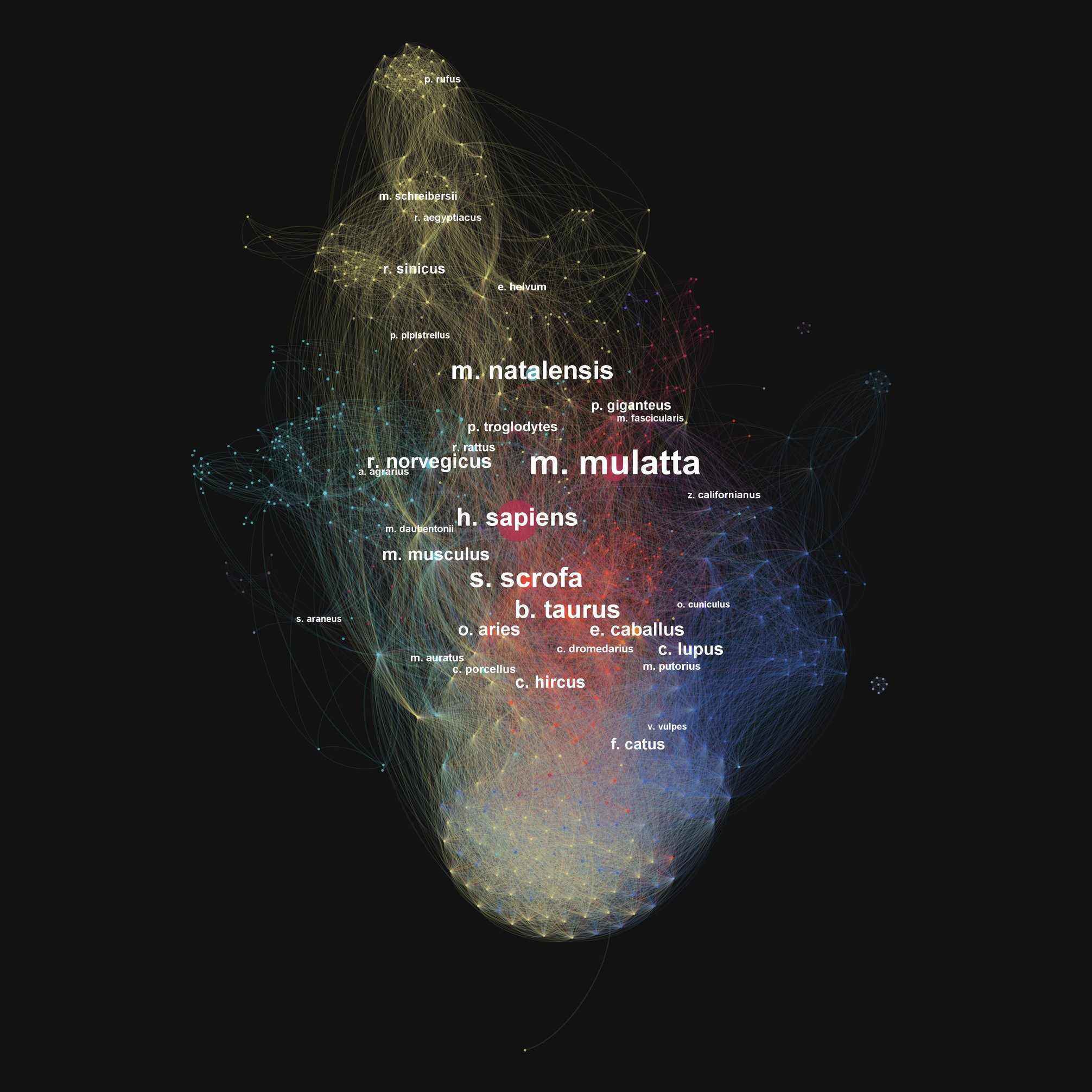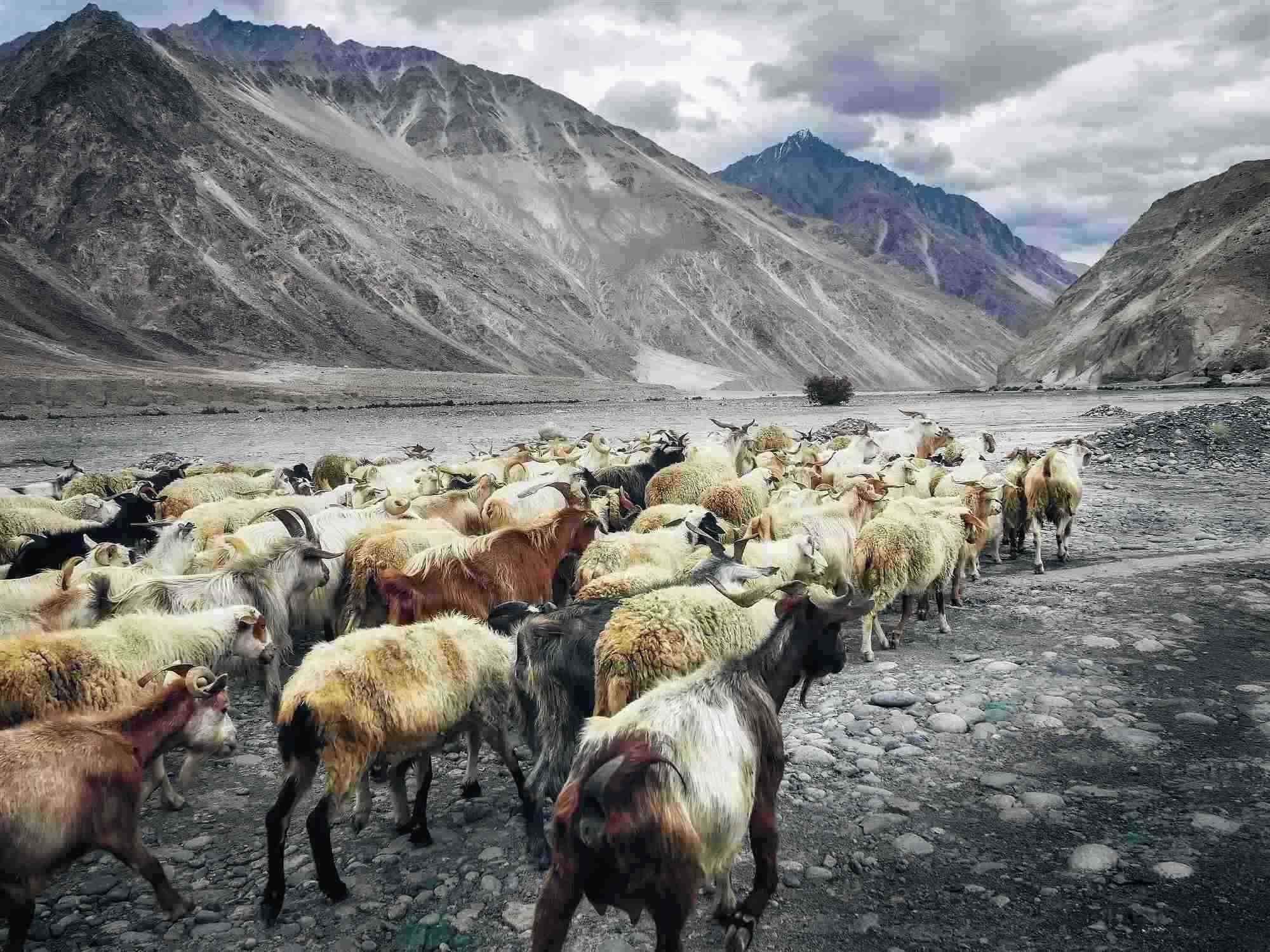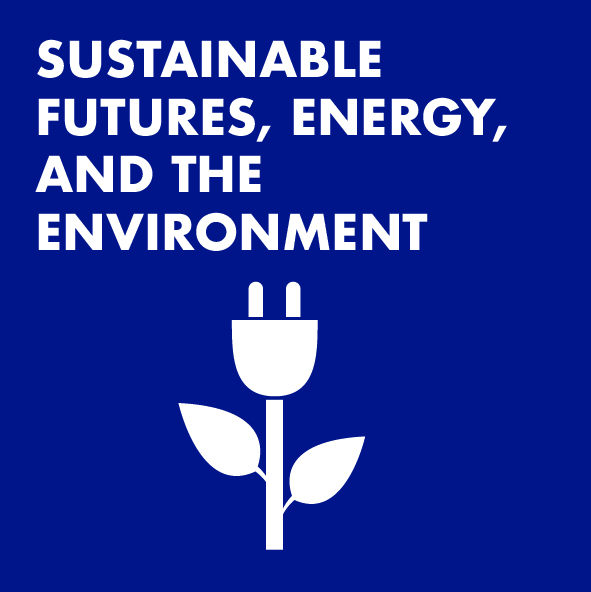The Challenge
The emergence and pandemic spread of Covid-19, an infectious disease caused by the highly contagious coronavirus SARS-CoV-2, is an example of a pathogen that spilled over from an animal host into human, unfolding its devastating impact. During the course of a pandemic, understanding and mitigating the spread of a pathogen (a bacteria or virus that causes disease) has high priority.
Epidemiological modelling and forecasting can help to better understand the spread of pathogens in different parts of human populations and geographical areas. Since human (and animal) behaviour and movement paves the way of pathogen spread through complex contact networks, understanding the complex interplay of how host and pathogen interacts in different environments is an ongoing challenge.
The method
Dr Konstans Wells leads the Biodiversity and Animal Health Ecology research group, is an ecologist and modeller who focuses on the consequences of environmental change on biodiversity, wildlife, invasive species and host-parasite interactions.
For a recent study on the global spread of virus species among human and mammals, computer models, using complex algorithms, were created to explore the mammal species that are the most central links of how humans and mammals are associated with the many virus species known to be shared by humans and animals.
Disentangling such complex ‘network’ of interactions, the research suggested bats and also carnivores were most influential in spreading RNA viruses, which originate from animals, to humans and mammalian species, with devastating health effects such as Ebola, and SARS coronaviruses.
It is important that the relationship between animals and humans, as well as their interactions in times of global change, is further explored in order to better understand how pathogens may spill over from one species to anotherso we can minimise the unwanted infectious disease impacts on humans and animals alike.











